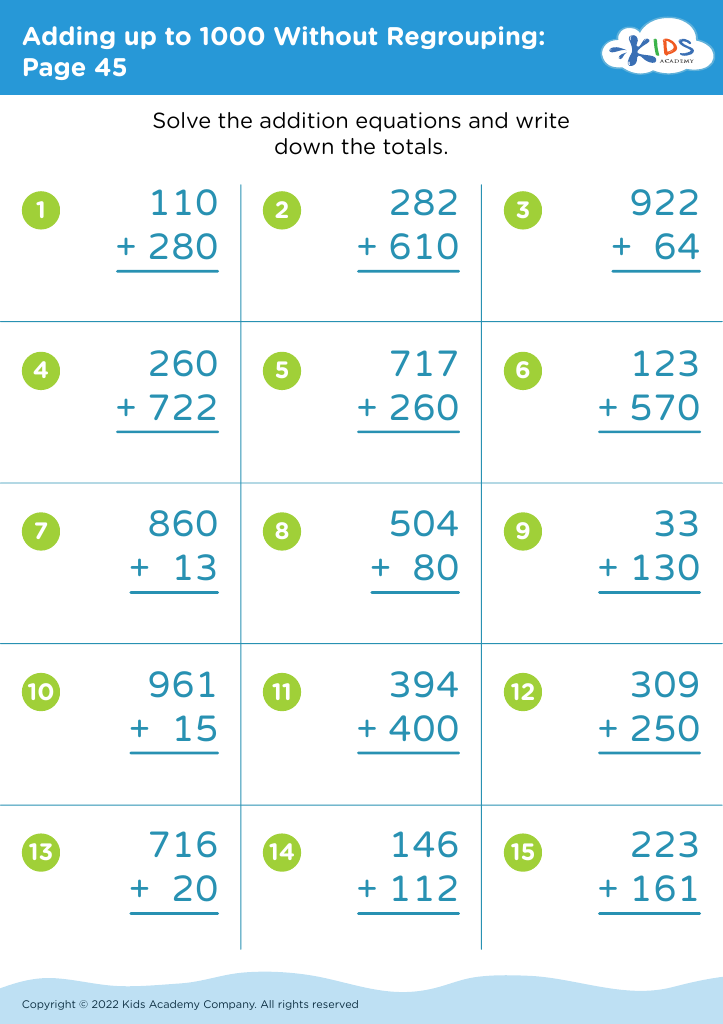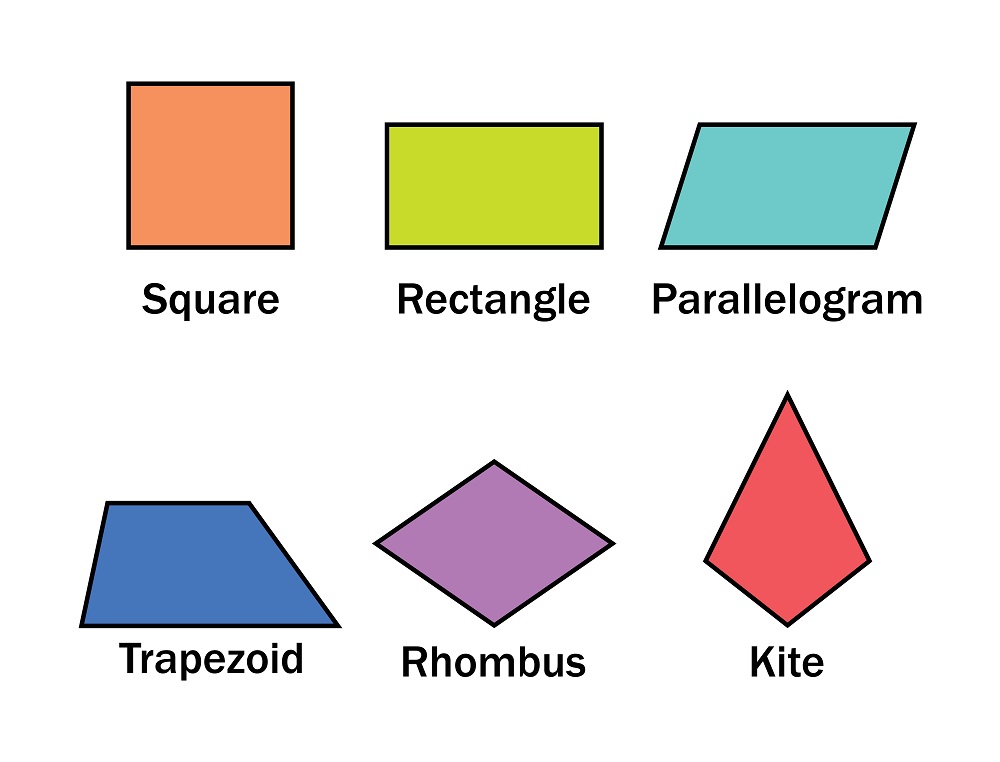Applying division skills Worksheets for Kids
1 filtered results
-
From - To
Question/Answer
How does the mastery of the Applying division skill affect a student's performance at an early age?
Mastery of the Applying division skill at an early age significantly boosts a student's mathematical understanding and confidence, fostering a solid foundation for tackling complex math problems. It enhances their problem-solving skills, promotes logical thinking, and supports their academic performance across various subjects that involve mathematical concepts, ultimately setting the stage for success in advanced mathematics and related disciplines.
How to test a Grade 2 student’s Applying division skills?
To test a Grade 2 student's application of division skills, provide simple division problems using small numbers, such as dividing a set of objects into equal groups. For instance, give them a scenario like "12 cookies are shared equally among 4 friends. How many cookies does each friend get?
How to train the Applying division skill in Grade 2 students learning about Adding up to 1000 Without Regrouping?
To train Grade 2 students in applying division skills while learning about adding up to 1000 without regrouping, use hands-on activities like grouping objects or using visual aids such as number lines and charts. Start with simple, concrete examples (e. g.













